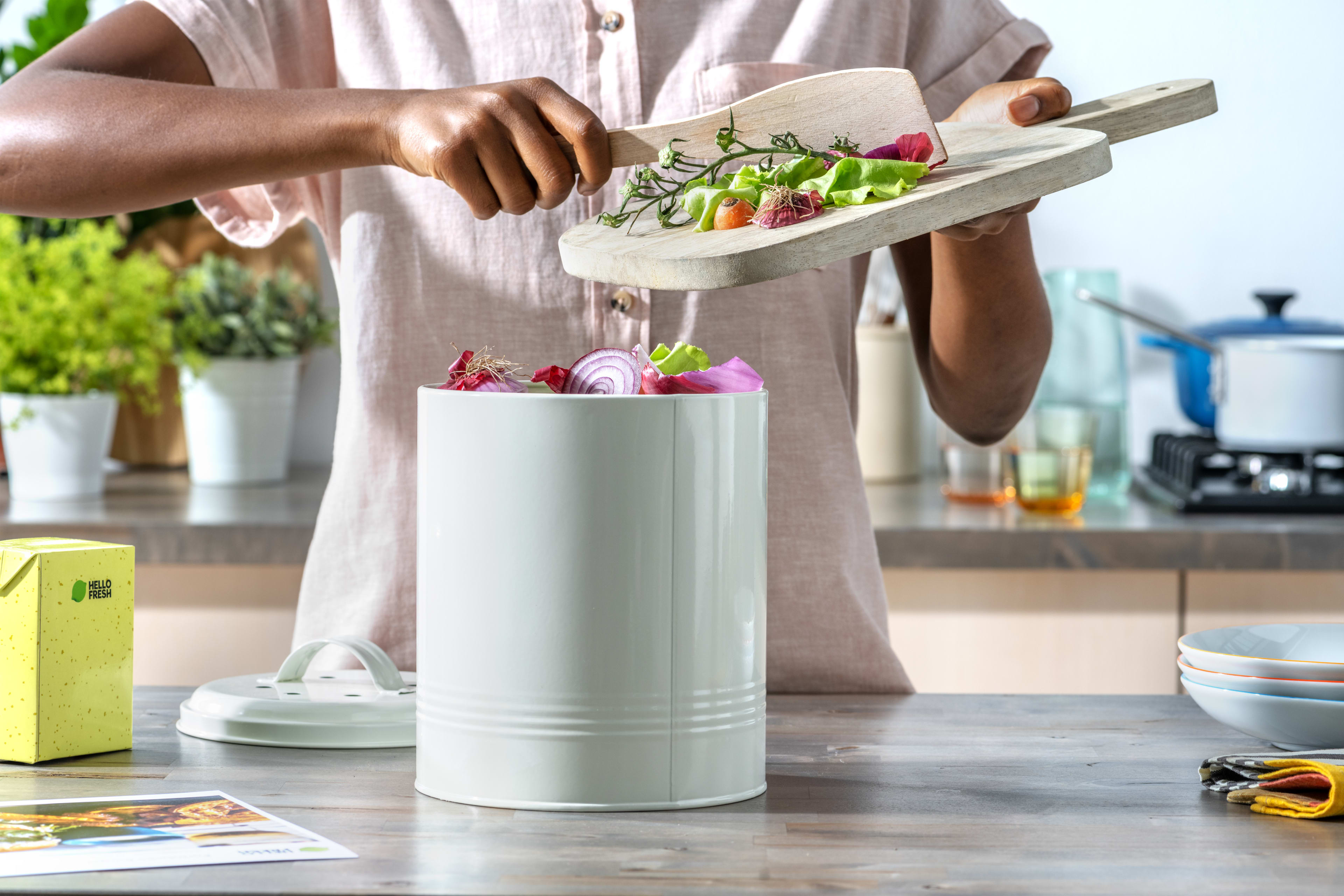
What’s the impact of food waste on the environment?
Our food comes from — and eventually returns to — nature. But how it returns is not always environmentally-friendly. According to Google's data, in the past 3 years, Canadians have shown a 47% increase in online searches about the topic of food waste and a 99% increase in searches about climate change.Chances are you’ve thrown out your fair share of leftovers and let food slip past their best before dates. According to a survey conducted by HelloFresh in 2020, it’s not just you: 31% of people are guilty of throwing away food at least once because they bought more than they can consume. Upon realizing this, many were also embarrassed by just how much they’ve thrown out.
The hard truth is, the staggering amount of food waste also contributes to climate change. "Rotting food in landfills produces methane that is 25 times more powerful than carbon dioxide,” emphasizes a Recipe Developer at HelloFresh.
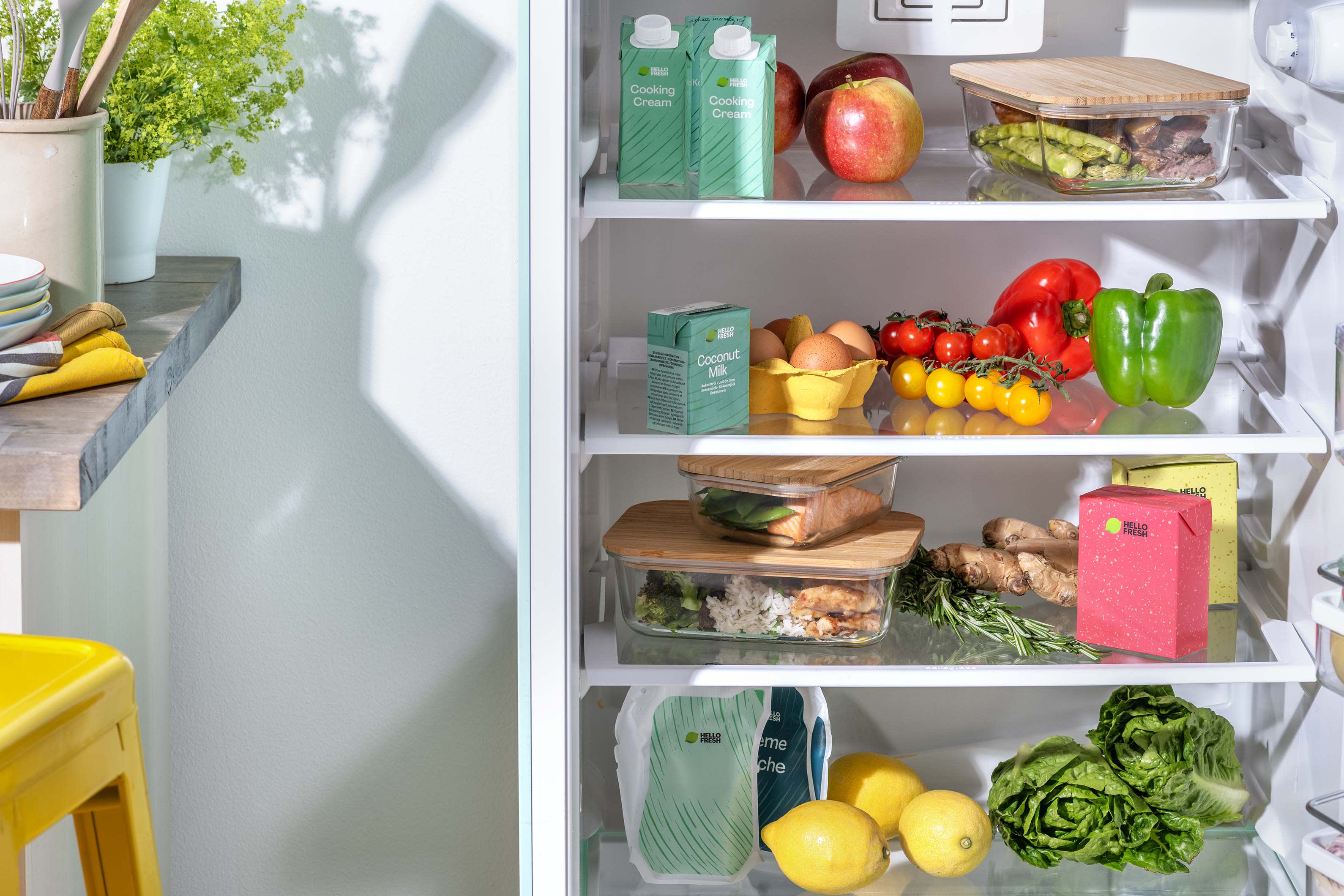
How does food waste affect my wallet?
Simply put, wasting food means wasting money. A recent survey of 1,000 Canadians showed an average of 35% of people throw away $5 to $10 worth of food every week. The culprit? Buying too much, only for the best before date to creep in before they’ve had the chance to find it sitting in the fridge, let alone cook it.And while $5 a week probably won’t even cut into your latte budget or other lifestyle habits, these dollars add up. Buying food you’re unable to eat causes you to spend more for less value in the long run. Basically, you’re throwing out money you didn’t even get anything out of. When these costs add up, you’ll see that they were better spent wisely elsewhere.
Pro tip from a Recipe Developer at HelloFresh: "Portion plan your meals to you buy and cook just the right amount of food for you and your family! For example, 1 person's portion of pasta is about 100g or 1 fist worth of the raw form."
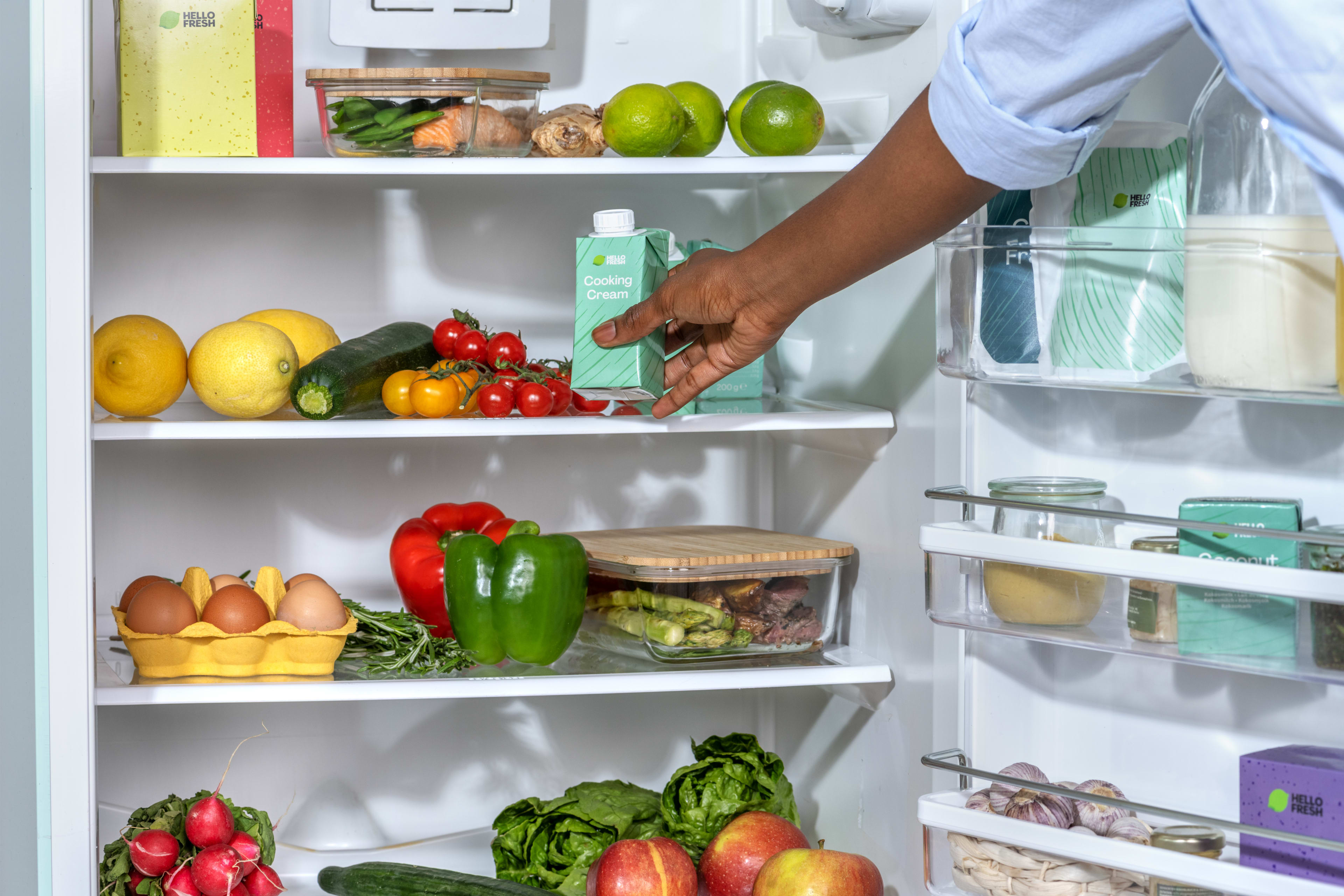
What’s the best way to store food so it lasts longer?
The short answer is, your fridge. Most fruits and vegetables are best kept refrigerated, or in a cool, dry place away from moisture. And if you’re stocking up on more than a week’s worth of groceries, then the freezer is your best bet.Did you also know that your fridge comes with a crisper made especially for keeping produce fresh? This compartment has a different humidity level, making it the best place for fruits and leafy greens.
But don’t just shove your brightly coloured fruits and leafy greens into the crisper right away - the best food storage hacks include using clear, stackable containers. Make sure these are air-tight to seal in maximum freshness and nutrients, and keep moisture away. Don’t have air-tight containers? Another popular basic food hack is storing food in its original packaging, as long as it’s tightly sealed.
Pro tip from Experts at HelloFresh: "When storing leafy greens, place sheets of paper towel in the sealed bag or container to help absorb excess moisture!"
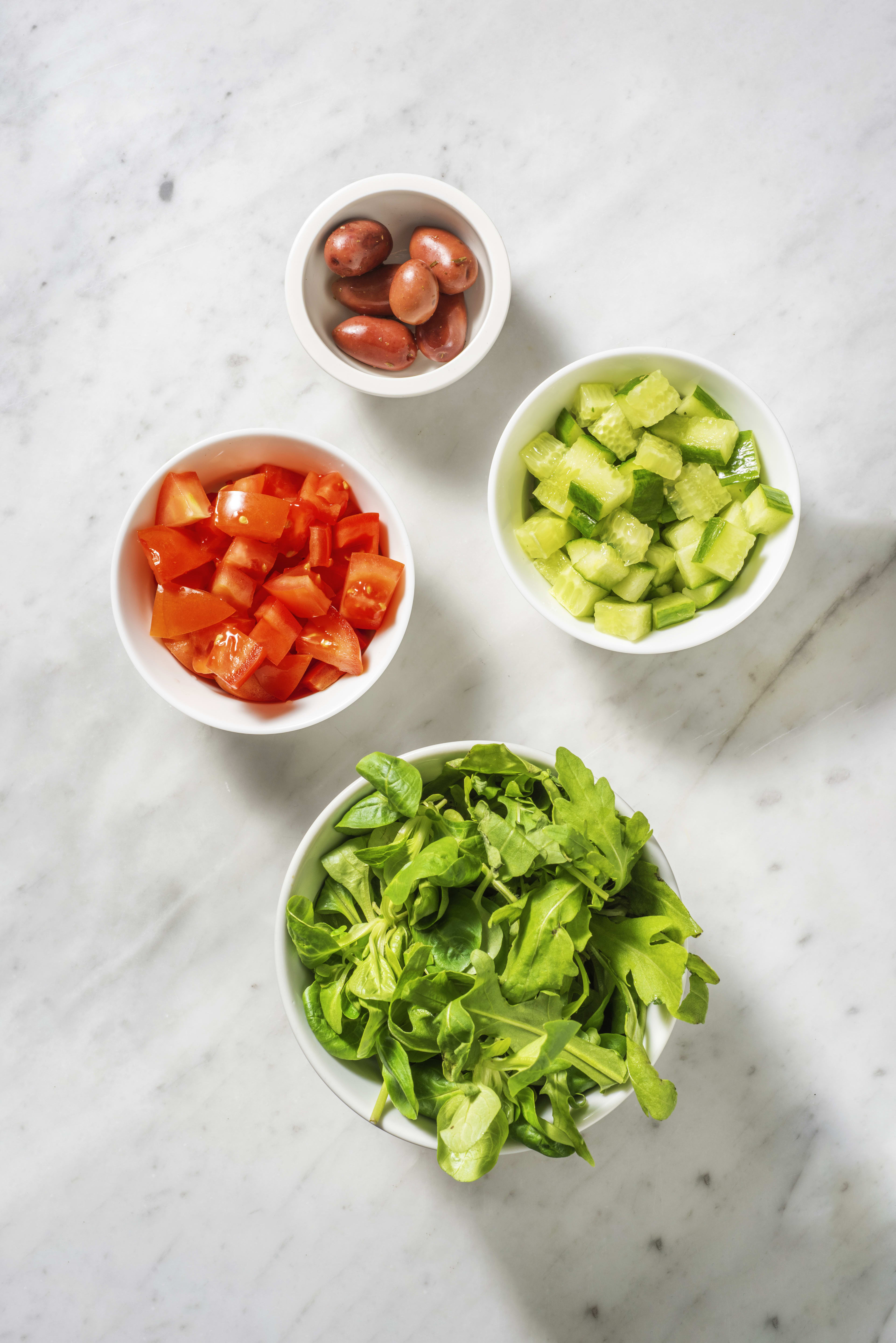
Where do I store my fruits and vegetables so they last longer?
Check out HelloFresh experts' answers to Canada's most commonly asked questions on how to store some of your favourite fruits and veggies and kitchen staples:
- Carrots: (Average of 500 monthly searches in Canada) Place in a sealed bag or large container covered completely with water to seal in moisture.
- Garlic: (Average of 500 monthly searches in Canada) The odd one out, this one doesn’t belong in the fridge. Instead, keep garlic at room temperature in a dry, dark place with lots of air, away from light and moisture that cause mold growth.
- Green onions: (Average of 500 monthly searches in Canada) Cut off the root, dry off and wrap in a sealed bag before refrigerating.
- Asparagus: (Average of 400 monthly searches in Canada) Stand them up in a glass or jar with about an inch of water, then cover the heads with a plastic bag or cling wrap.
- Celery: (Average of 300 monthly searches in Canada) Wrap stalks in a dry towel and place in a bag or tightly in foil.
- Mushrooms: (Average of 250 monthly searches in Canada) Use the original packaging or a porous paper bag.
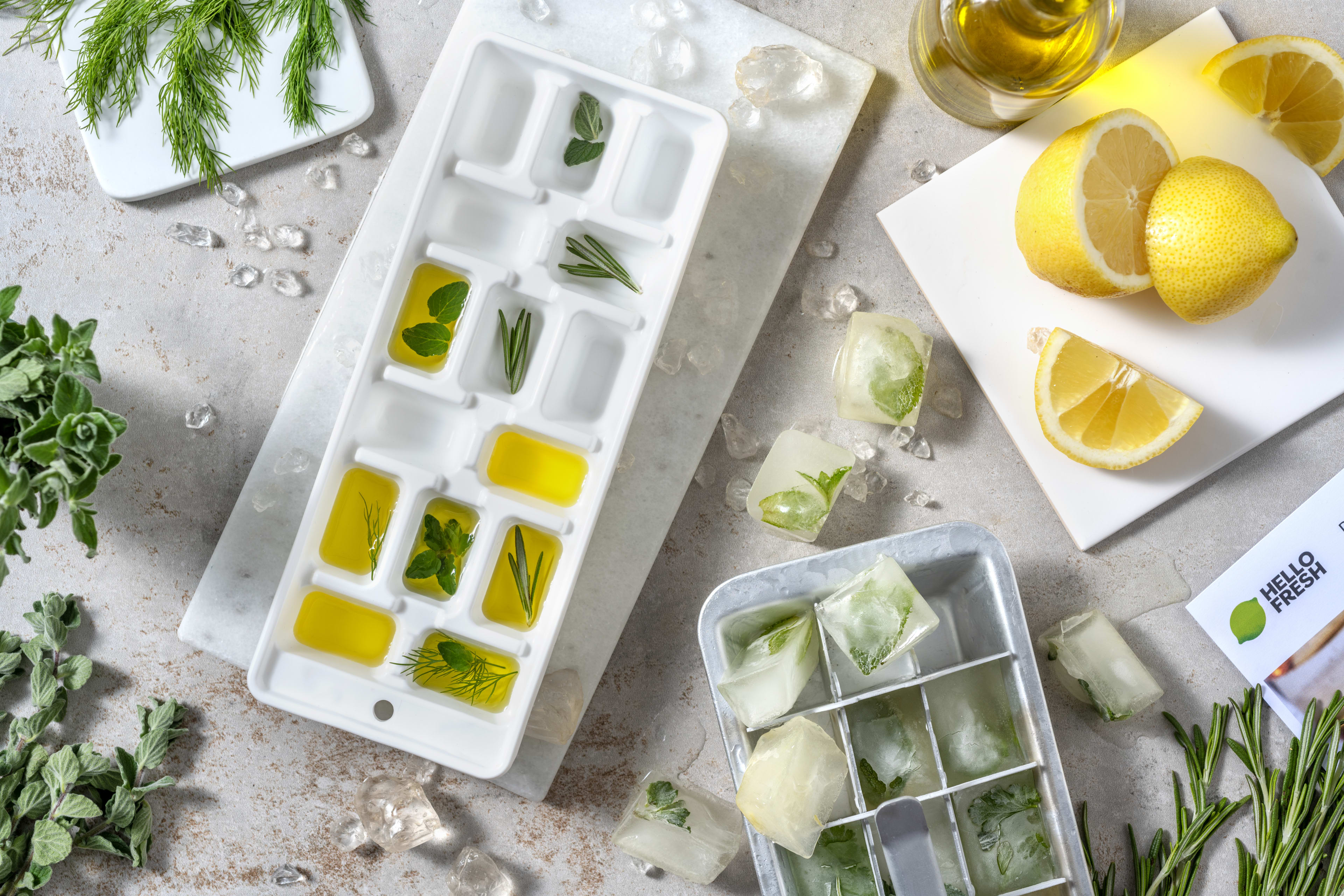
What foods can and can't be frozen?
55% of people who admit to throwing out food say it’s because they forgot about the best before date, letting food slip by its freshest time in the fridge.But the fridge isn’t the only place to store food. With popular hacks like air-tight containers and proper storage, freezing lets you maximize every dollar of your food budget and cut down on waste.
Did you know that you can freeze almost any type of food? It’s not just the mainstays in the frozen aisles like meat and poultry that keep well in the freezer. You can also freeze different kinds of fruits and vegetables. This would include Canada's most commonly asked: berries and bananas, jalapeno peppers, beans, sweet corn, and peas. You can also save vegetable scraps, citrus rinds, and other stock ingredients, as well as breads, herbs, leeks, gravy, and more. Just make sure they’re properly sealed to keep moisture and freezer burn out.
Fun Fact: On average, Canadians search "how to freeze green beans" 700 times per month and "how to freeze bananas" 600 times per month!
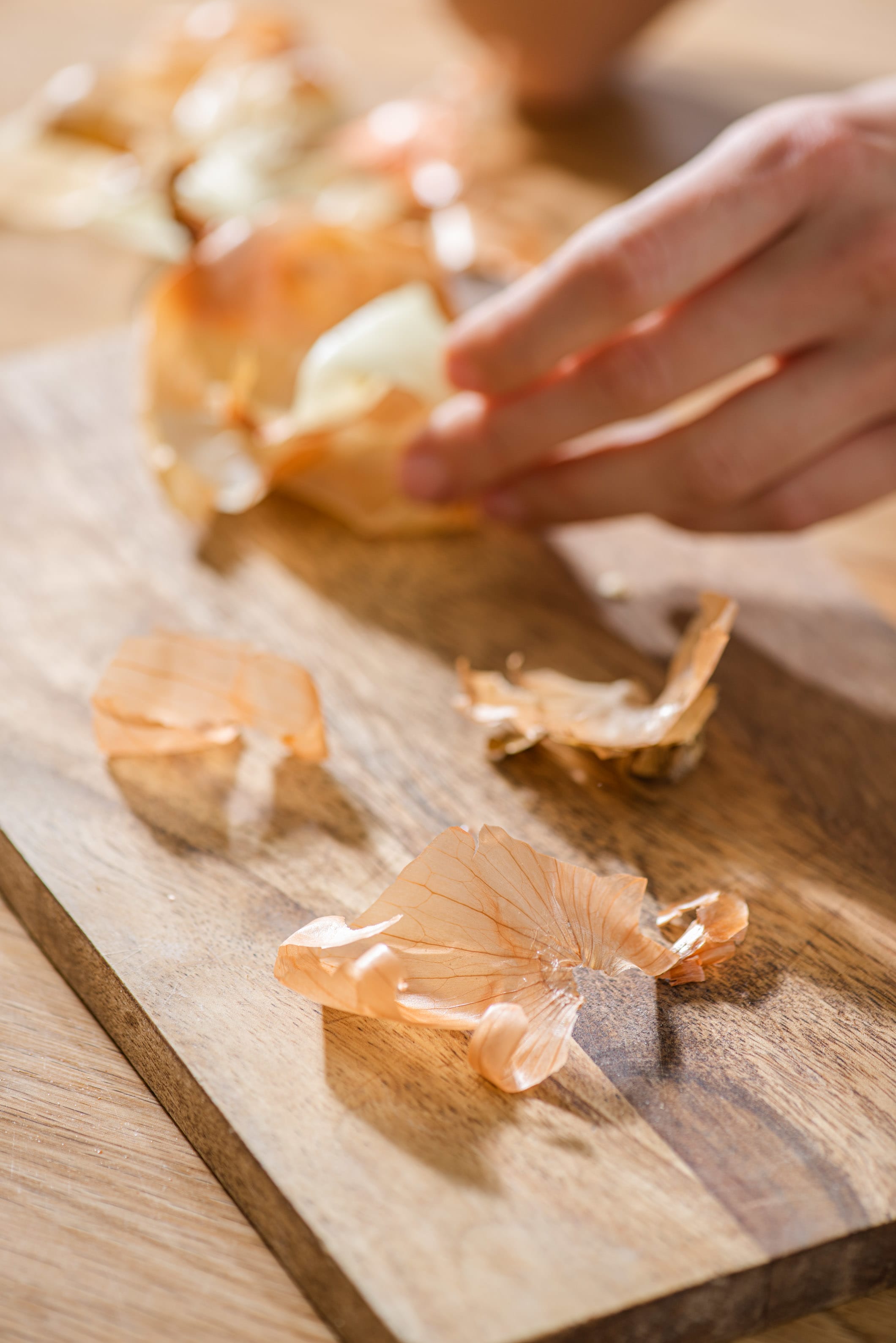
How to do at-home composting
Even with all the right food storage hacks, you may still find yourself dealing with some food waste. Luckily, there’s more you can do for the planet — and even help enrich the soil where your next food will grow. Composting returns nutrients to the soil to maintain quality and fertility, an all-natural fertilizer without toxic chemicals. Now, you can do it at home too, and even further reduce your food waste dumped in landfills.
To start an at-home compost pot, you need three basic ingredients: browns (dead leaves, wine corks, wood shavings and animal manure), greens (grass clippings and produce waste), and the right amount of water. Browns provide carbon, greens nitrogen, and water moisture.
But don’t just throw all types of food waste in your at-home compost mix. Canada's most common at-home composting mistakes include putting in dairy products, meat and bone scraps, seafood, acidic foods, baked goods, fat, and grease.
Average Monthly Google Searches in Canada
- can you compost meat (110)
- can you compost bread (90)
- can you compost bones (50)
Keep these foods out to avoid foul odours and attracting rodents and flies. A spokesperson from HelloFresh says "For best results in composting, stick to fruit and vegetable scraps, eggshells, coffee grounds and filters, tea bags (staples removed), nut shells, bread, and cereal".
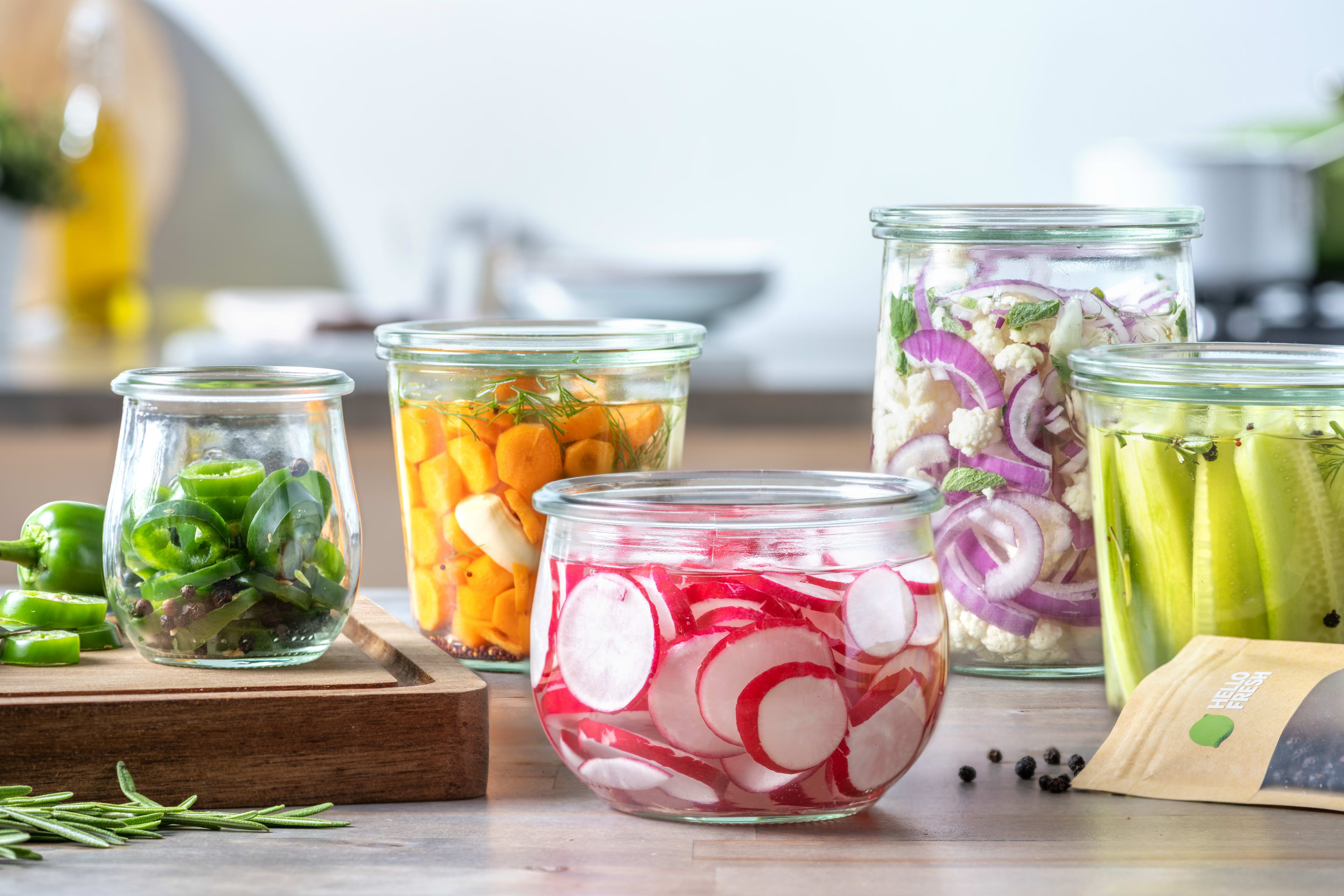
How to pickle at home
Still have leftovers and soon-to-expire foods? Turn them into pickled treats for a refreshing twist to your favourite greens and fried dishes.Quick pickles are a food-saving hack, especially if they’re quickly approaching the end of their shelf life. All you need is a mix of vinegar, water, and salt to soak almost any type of vegetable. Check out some of the most popular veggies Canadians pickle: cabbage, carrots, cauliflower, cucumber,peppers, radish, snap beans, turnip, kohlrabi, garlic.
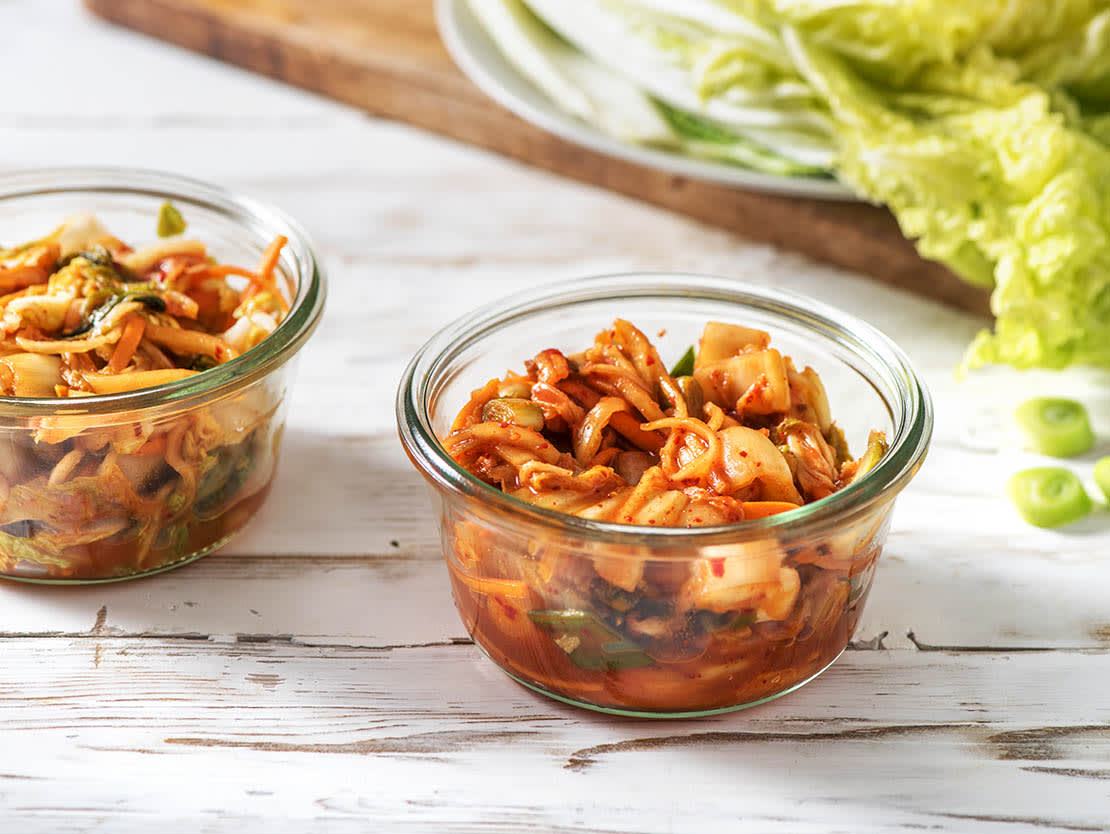
How to ferment at home
Not a fan of pickled foods? You can also try fermenting leftover veggies. Fermentation preserves even soon-to-expire foods and enhances their nutrient content. Not only do you get to save your groceries, you’re also eating healthier in the process, because fermentation inhibits the growth of harmful bacteria and boosts vitamin content.Similar to pickling, all you need to do is slice or chop the veggies, weigh them down in salt and water brine, leave them in for at least three days at room temperature, then place in the fridge. Once done, you should get that perfect acidic tang you love in some of the most popular fermented treats like kimchi and sauerkraut.
And did you know that there’s more than one way to enjoy pickled veggies? Although often served on the side, you can get even more creative. Add a spicy, tangy twist to staples like veggie pancakes and stews by cooking with kimchi, or grill sausages with sauerkraut for an all-new take on tried-and-true favourites.
Pro tip from Experts at HelloFresh: "You can take on the popular social media hacks of 2021 that have people across Canada folding up kimchi tortilla wraps and making kimchi quesadillas!"

How to make the most out of my leftovers
So far, only 8% of people are making it a habit not to surrender their leftovers to the bin. But with an all-new take on leftover cooked food and ingredients you often find in your fridge, you can cut down on leftovers. In fact, while many people believe food waste is a collective problem, over 80% also believe that it starts — and can end — with each one of us.Whether it’s day-old stir-fry, pasta, meats, or greens, give your leftovers a total makeover. Skip the microwave — you can whip up a completely new meal using what’s already been sitting in your fridge.
Got three-day old rotisserie chicken? Shred the meat for some chicken salad, or cut up chunks and toss them in a classic stir-fry or fried rice. Once you’re done, you can use the bones for flavourful broth or noodle soup. Wrap up meats and veggies in burritos or tacos, or fit them in bite-sized tostada cups. Serve up all-new flavours with a leftover makeover. These are just some of the most popular leftover recipes shared and loved by Canadians among many others.
You may ask, "what should I stock up on for my pantry that's versatile and budget friendly?" Experts at HelloFresh recommend stocking up on staples like herbs and spices like oregano and crushed red pepper flakes to easily elevate any meal like pasta dishes or sandwiches. Other basic items to keep on hand are condiments like dijon mustard, sriracha, and soy sauce to give your choice of protein a boost in flavour.
Of course, popular leftover hacks are only one way to avoid food waste. Conscious consumption is still the best way to eat well and spend smartly. Try planning your meals for the rest of the week, and make an effort to buy only what you need. And if you need a little help with meal planning, there are always kits like HelloFresh that come with exactly the right amount of food so you won’t waste even a single bite.